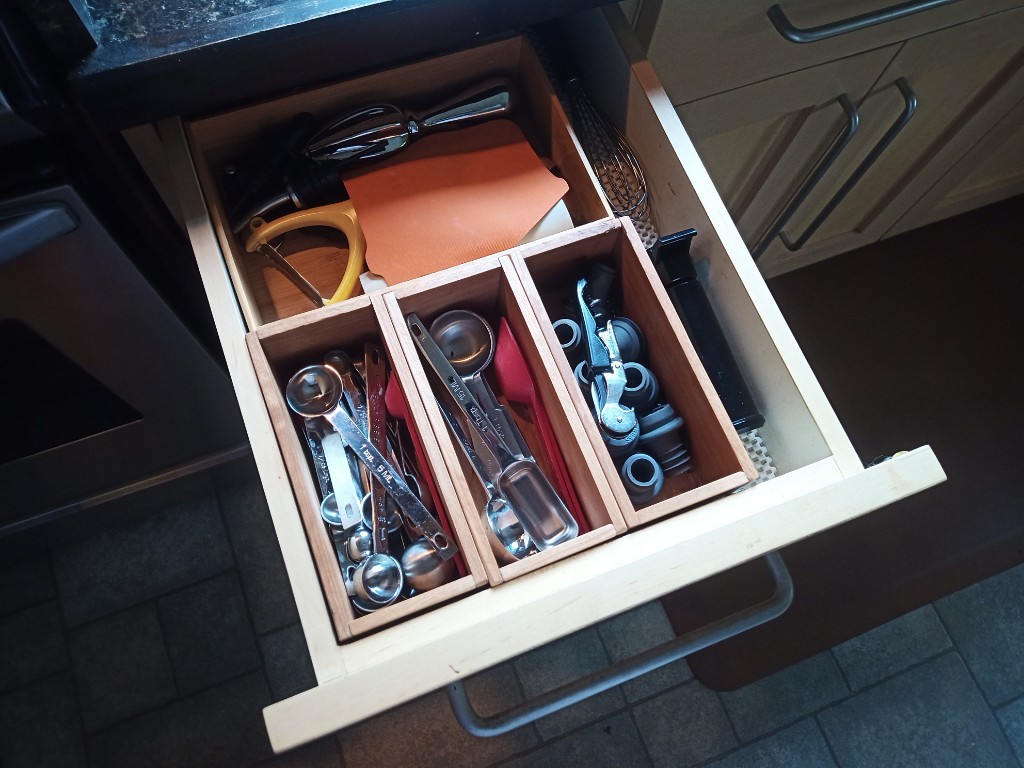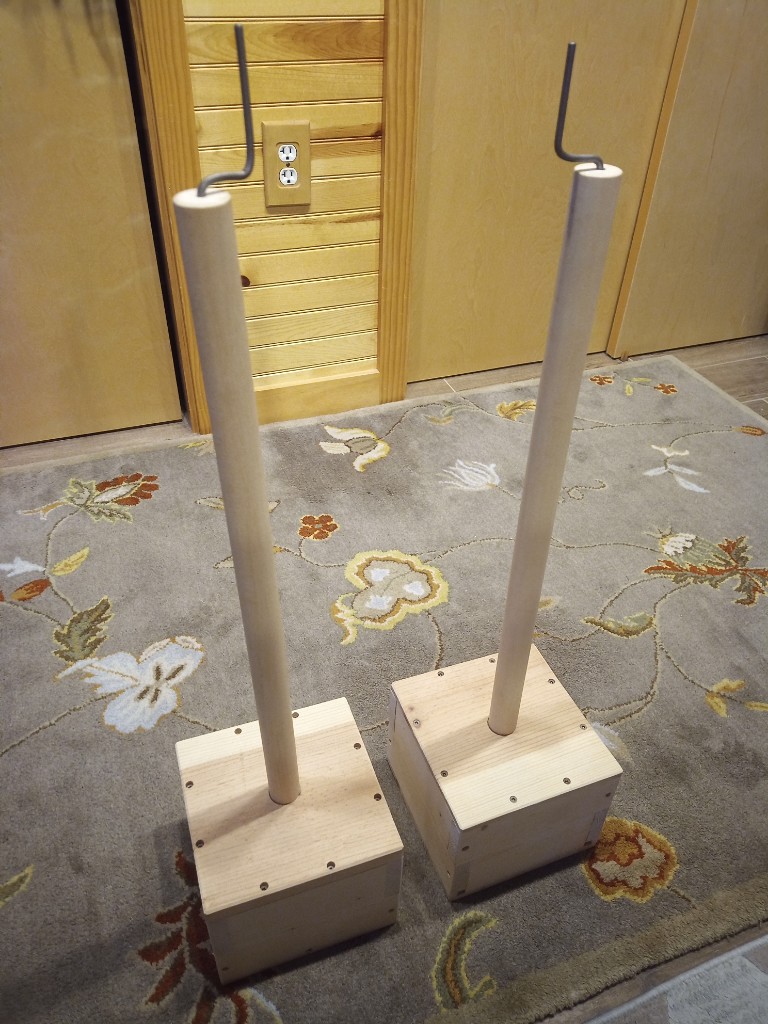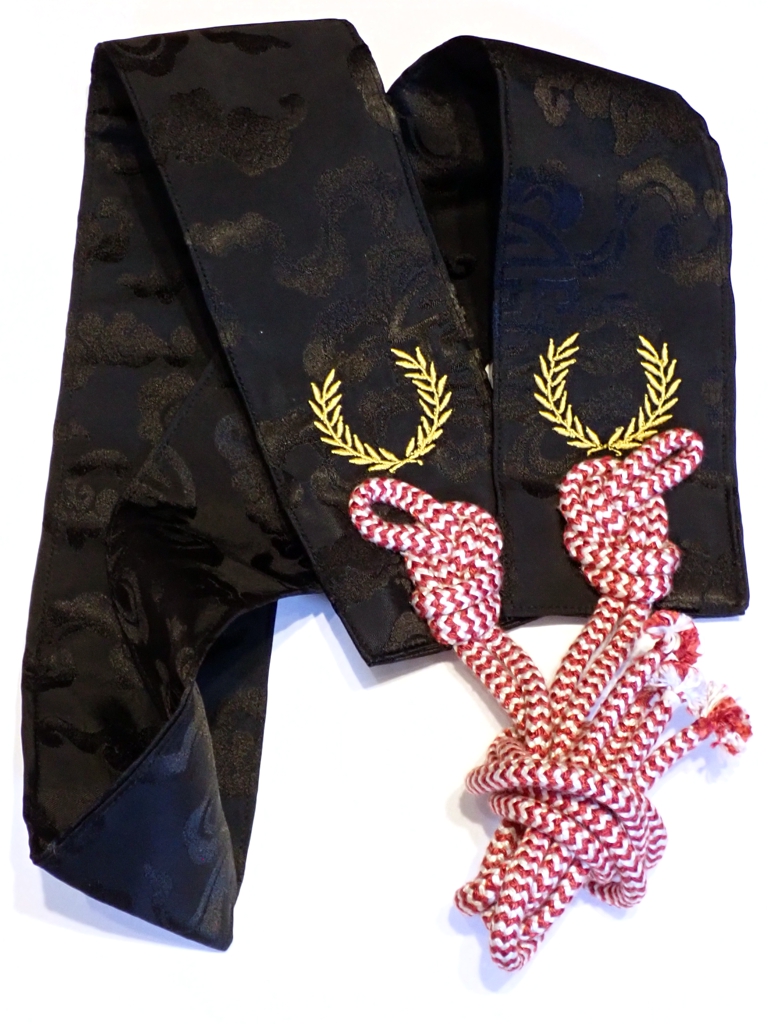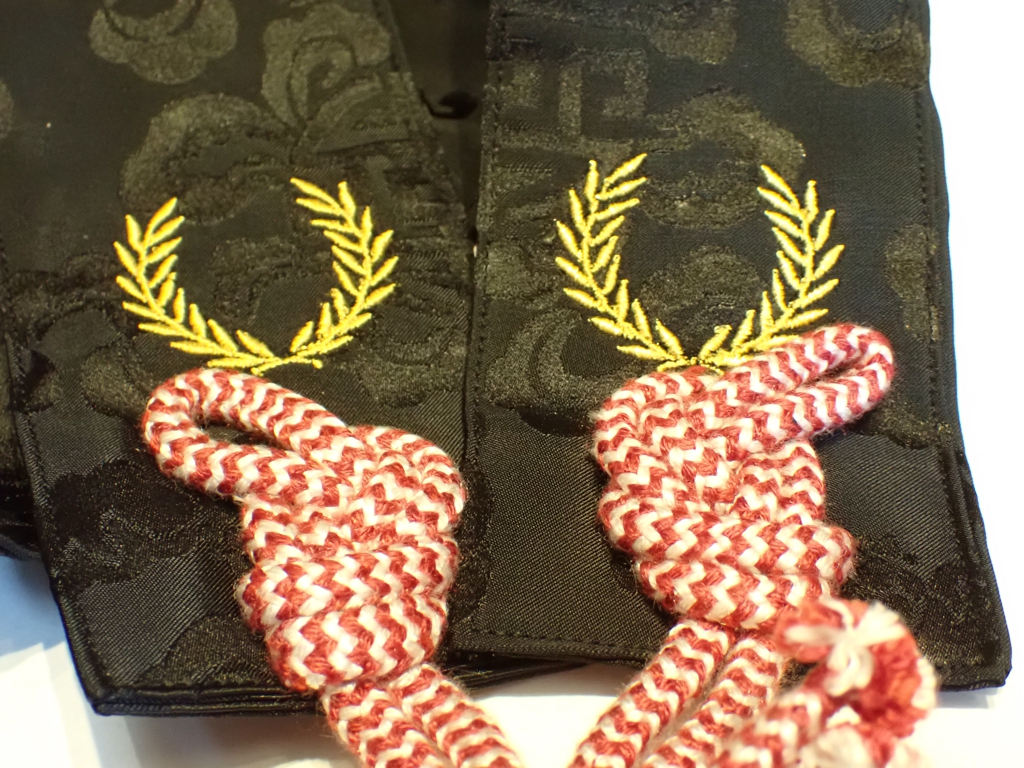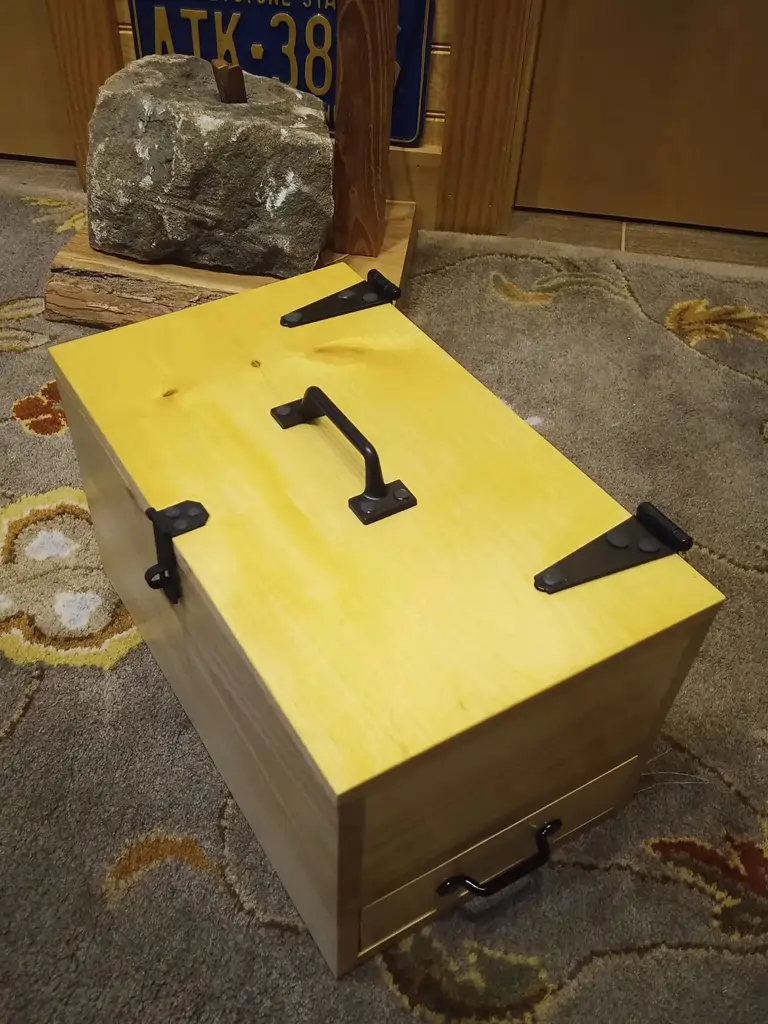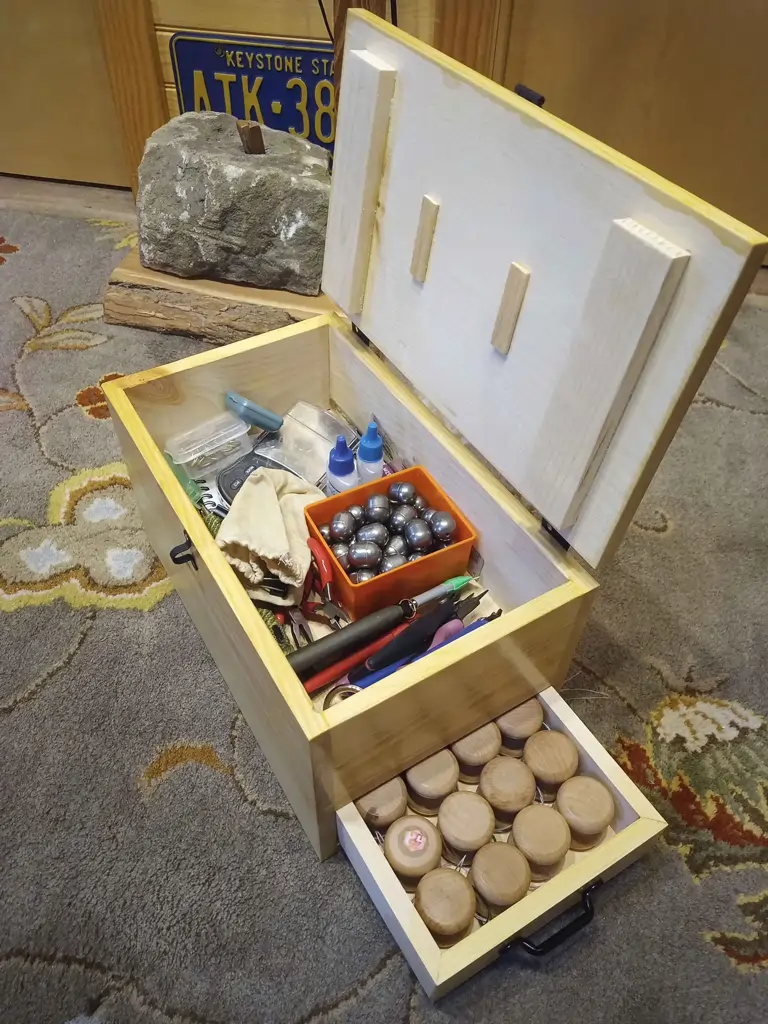We’ve been using some of those little 3″x6″ bamboo boxes to keep measuring spoons and things organized in our kitchen drawers. The only problem is that some of the measuring spoons are too long to fit nicely in those boxes. Luckily, I still have some 1/4″ maple scants left over from something else. These new boxes are the same width, but they are 3/4″ longer and a little bit deeper to better hold our growing collection of measuring spoons and rubber vacuum stoppers.
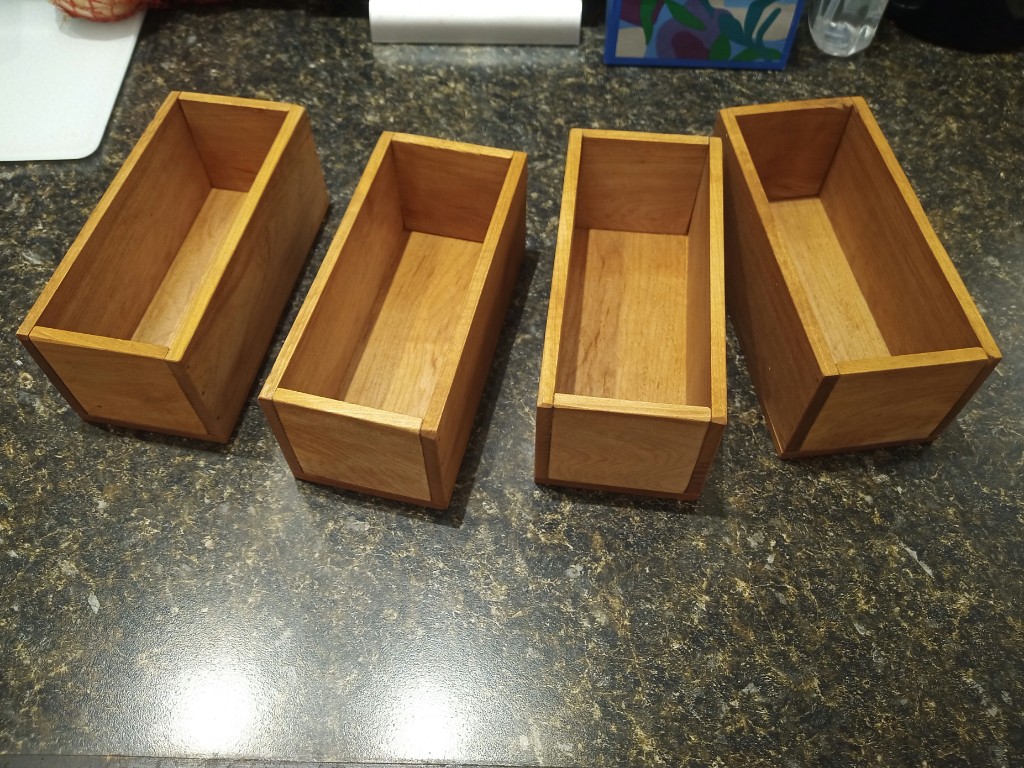
I’ve learned to always make one or two extra.
The joinery is just simple butt joins, glued together and then pinned. The floors of the boxes are applied to the bottom of the walls, and similarly attached. I put a some mineral oil on them just to protect the wood a little bit from kitchen spills and the like.

